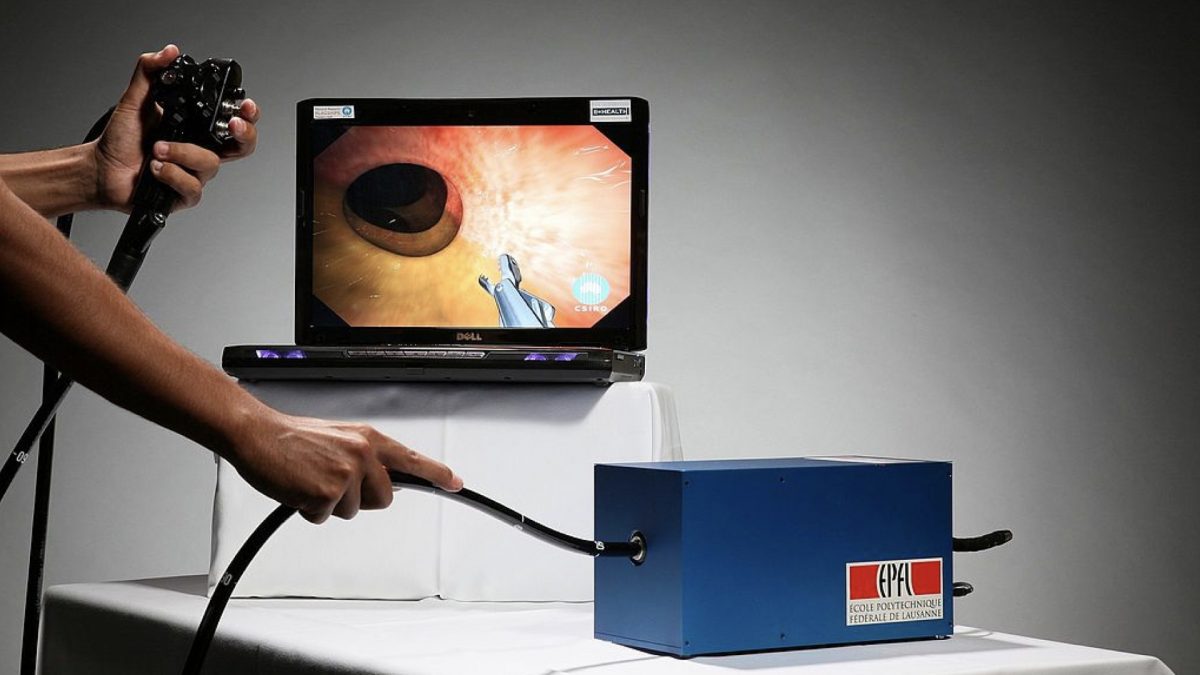Though colonoscopies can cause serious harm in about 1 in every 350 cases, sigmoidoscopies, procedures that use shorter and smaller scopes, have ten times fewer complications. But, do colonoscopies work better? Is their total risk-benefit better? We don’t know since we don’t have results from any randomized, controlled colonoscopy trials, and we won’t until the mid-2020s. So, what should we do in the meanwhile?
As I discuss in my video Should We All Get Colonoscopies Starting at Age 50?, the U.S. Preventive Services Task Force (USPSTF), the official prevention guidelines body, considers colonoscopies just one of three acceptable colon cancer screening strategies. Starting at age 50, we should either get our stool tested for hidden blood every year, which doesn’t involve any scoping at all; get a sigmoidoscopy every five years, along with stool testing every three; or get a colonoscopy every ten years. In terms of virtual colonoscopies or the new DNA stool testing, there is insufficient evidence to recommend either of those two strategies.
Though the USPSTF recommends ending routine screening at age 75, that assumes you’ve been testing negative for 25 years since your 50th birthday. If you’re 75 and have never been screened, then it’s probably a good idea to get screened at least into your 80s.
If there are three acceptable screening strategies, how should one decide? The USPSTF recommends that patients work with their physician in selecting one after considering each option’s risks and benefits. For patients to participate in the decision-making process, though, they have to be given the information. The degree to which health providers communicate the necessary information was not known until researchers conducted a study in which they audiotaped clinic visits looking for the nine elements of informed decision-making: discussing both the patient’s role and that role in making the decision, what kind of decision has to be made, the alternatives, the pros and cons of each option, and the uncertainties associated with the decision, as well as assessing the patient’s understanding and whether they desire input from those they trust, and, finally, asking them what they would prefer. That’s the role of a good doctor. It’s your body; it’s your informed decision.
How many of these nine crucial elements of informed decision-making were communicated to patients when it came to colon cancer screening?
Care to hazard a guess?
In most of the patients, none. The average number addressed? One out of nine. As an editorial in the Journal of the American Medical Association put it, “There are too many probabilities and uncertainties for patients to consider and too little time for clinicians to discuss them with patients.” So, doctors just make up the patients’ minds for them. And what do they choose? Most often, as in this survey of a thousand physicians, doctors recommend colonoscopy. Why? Other developed countries mostly use the stool tests, with only a few recommending colonoscopies or sigmoidoscopies. That may be because most physicians in the world don’t get paid based on how many procedures they do. As one U.S. gastroenterologist put it, “Colonoscopy is the goose that laid the golden egg.”
A New York Times exposé concluded that the reason doctors rake in so much money is less about “top-notch patient care” and more about business plans maximizing revenue, lobbying, marketing, and turf battles. Who sets the prices for procedures? The American Medical Association, the chief lobbying group for physicians, does. No wonder gastroenterologists pull in nearly a half-million dollars a year, and the American Gastroenterological Association wants to keep it that way. Referring to these exposés, the president of the association warned that “gastroenterology is under attack and colorectal cancer screening and prevention may be reduced in volume and discounted.” But, they then go on to share tips for how to succeed in the coming nightmarish world of accountability and transparency.
Why would primary care doctors push colonoscopies? Because many doctors get what are essentially financial kickbacks for procedure referrals. Studying doctor behavior before and after they started profiting from their own referrals, it’s estimated that doctors make nearly a million more referrals every year than they would have if they were not personally profiting.
Serious harm in 1 out of 350 colonoscopies? See What to Take Before a Colonoscopy for all the gory details.
Too often, truly informed consent is a joke in modern medicine. For more on this, see:
- The Actual Benefit of Diet vs. Drugs
- Why Prevention Is Worth a Ton of Cure
- Fully Consensual Heart Disease Treatment
- Everything in Moderation? Even Heart Disease?
- Drugs and the Demise of the Rice Diet
How do you know if your doctor is on the take? Check out Find Out If Your Doctor Takes Drug Company Money.
In health,
Michael Greger, M.D.
PS: If you haven’t yet, you can subscribe to my free videos here and watch my live, year-in-review presentations:
- 2012: Uprooting the Leading Causes of Death
- 2013: More Than an Apple a Day
- 2014: From Table to Able: Combating Disabling Diseases with Food
- 2015: Food as Medicine: Preventing and Treating the Most Dreaded Diseases with Diet
- 2016: How Not To Die: The Role of Diet in Preventing, Arresting, and Reversing Our Top 15 Killers
